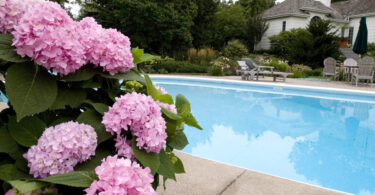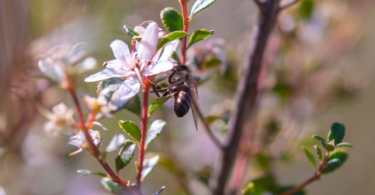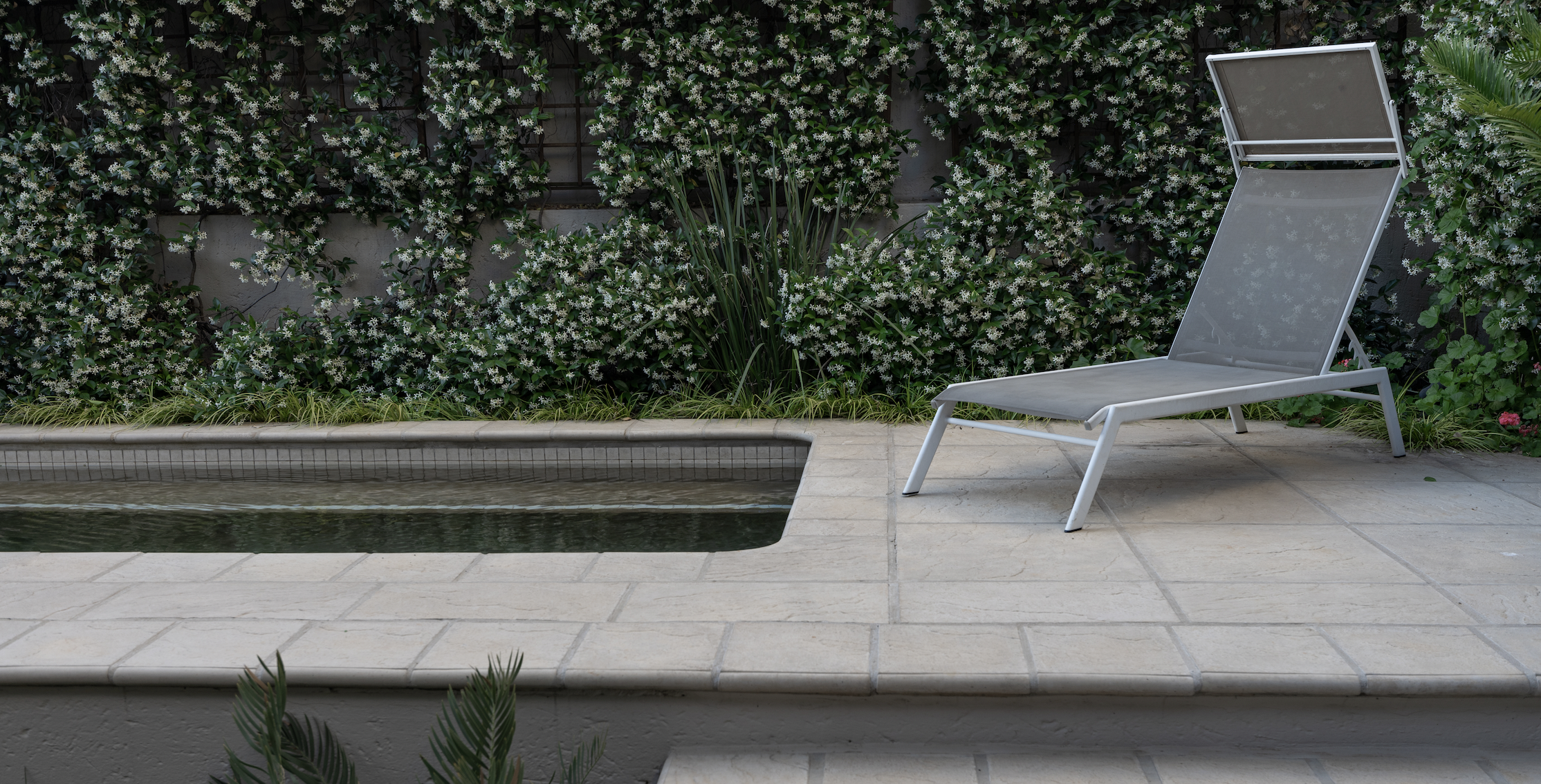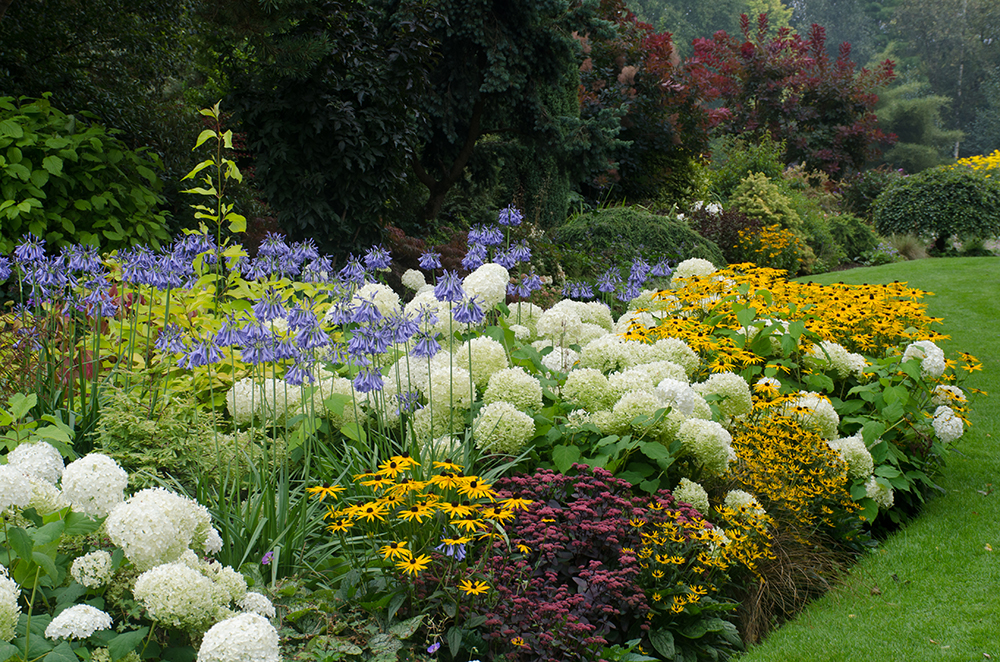By Daniela Sperotto
Even when left to their own devices, roses will grow and bloom, but to get the most out of them, a bit of TLC is necessary. The change of season in early spring provides the perfect conditions to promote active growth through good pruning and nutritional feeding. So bring out the pruning shears (secateurs) and gloves, and start bringing your garden to life.
Pruning
Pruning should take place in late July/early August, but make sure the worst of the frost and cold is over before cutting back the protective layers. “The colder the winter, the later the pruning!,” says Sue Keet, from Mark Edward Landscapes. Pruning encourages new growth and rejuvenates and improves circulation within the bush. It also allows for a good clean-up of dead wood and leaves accumulated during its dormant period.
Start by removing all the winter debris that has collected around the bush, using sharp secateurs and a good pair of gloves for protection. Begin from the bottom of the bush, being careful not to break any new canes which are sprouting from the base.
“Cut roses down to knee height, then cut out any dead, spindly or diseased branches. Remove any branches that are crossing each other or growing inwards, leaving four or five strong branches which are facing outwards, forming a cup shape. Once finished, spray with lime sulphur to get rid of any diseases on the plants, so they have a healthy start to spring,” advises Toni Dyamond, from The Garden Angel.
Fertiliser and Nutrients
Roses will also thrive from a good feeding. Roots will need a bit of encouragement, so add a good fertiliser and nurture with some rose food.
“Now is the time to begin fertilising and watering regularly. Keep an eye out for pests and diseased leaves, and treat as soon as possible. Most of all, talk lovingly to your roses and enjoy watching them grow,” concludes Sue.
















